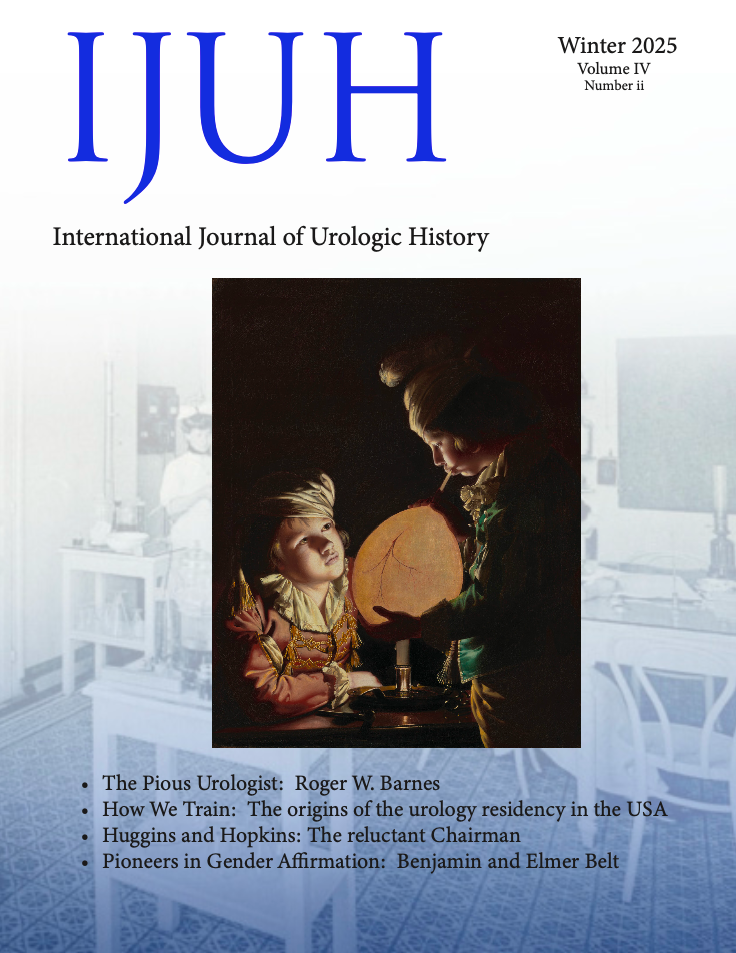How a Rock Band, a Recording Company, and a Nobel Laureate Developed Computed Tomography
Abstract
Objectives
Computed Tomography (CT) is an indispensable element of medical care used throughout the world, and first developed for clinical use by Hounsfield in 1971. The largest source of monetary support for Hounsfield’s work was from his employer, Electrical Musical Industries, Ltd. (EMI) and, in turn, the most lucrative source of income for EMI through the 1960’s was their recording contract with the English quartet, the Beatles. The purported link between the Beatles’ productive oeuvre with EMI and Hounsfield’s discovery of CT has not been well established. We endeavored to elucidate the technological and creative talents that linked Hounsfield with EMI and the Beatles and which ultimately led to one of the greatest medical innovations of the 20th century.
Methods
We used GoogleScholar, PubMed, and primary sources to research the life of Godfrey Hounsfield, the history of Electric and Musical Industries, Ltd (EMI), and The Beatles in reference to the development of CT. We used the EMI Archives Trust (London), and the archives of the Institute of Electrical and Electronics Engineers (IEEE) UK and Ireland (London). We obtained unpublished photographs courtesy of private collections.
Results
EMI translated its electronic prowess during WWII into the recorded music business, purchasing Capitol Records in 1955. EMI would sign The Beatles in 1963 and EMI profits rose 80% that first year. Sir Godfrey Hounsfield began a successful scientific career with EMI in 1951. With financial support from EMI’s research division, Hounsfield began developing what would become the first CT-scanner in 1967. By directing x-ray beams through the body at 1 degree angles, with a detector rotating in tandem on the other side, he could measure the x-ray attenuation of different tissues inside the body. These values were then analyzed via a mathematical algorithm to produce a 2-dimensional image of the slice of the body. Hounsfield worked with James Ambrose, a radiologist, to conduct the first clinical CT-scan at Atkinson Morley Hospital in 1971 in a patient with a brain tumor. EMI entered the medical equipment business thereafter and heavily marketed the CT-scanner using the financial resources EMI derived from its record sales. By 1976, EMI could not produce enough CT-scanners to fill demand and ultimately would cede the medical imaging business to competitors, and devote itself to the music industry. In 1979, Hounsfield, and Allen Cormack, a South African physicist who independently theorized the basis of CT imaging, would win the Nobel Prize.
Conclusions
‘Let it be’ known that it was only ‘yesterday’ when a recording company, a rock band, and a radar scientist revolutionized medical imaging with the development of computed tomography.
